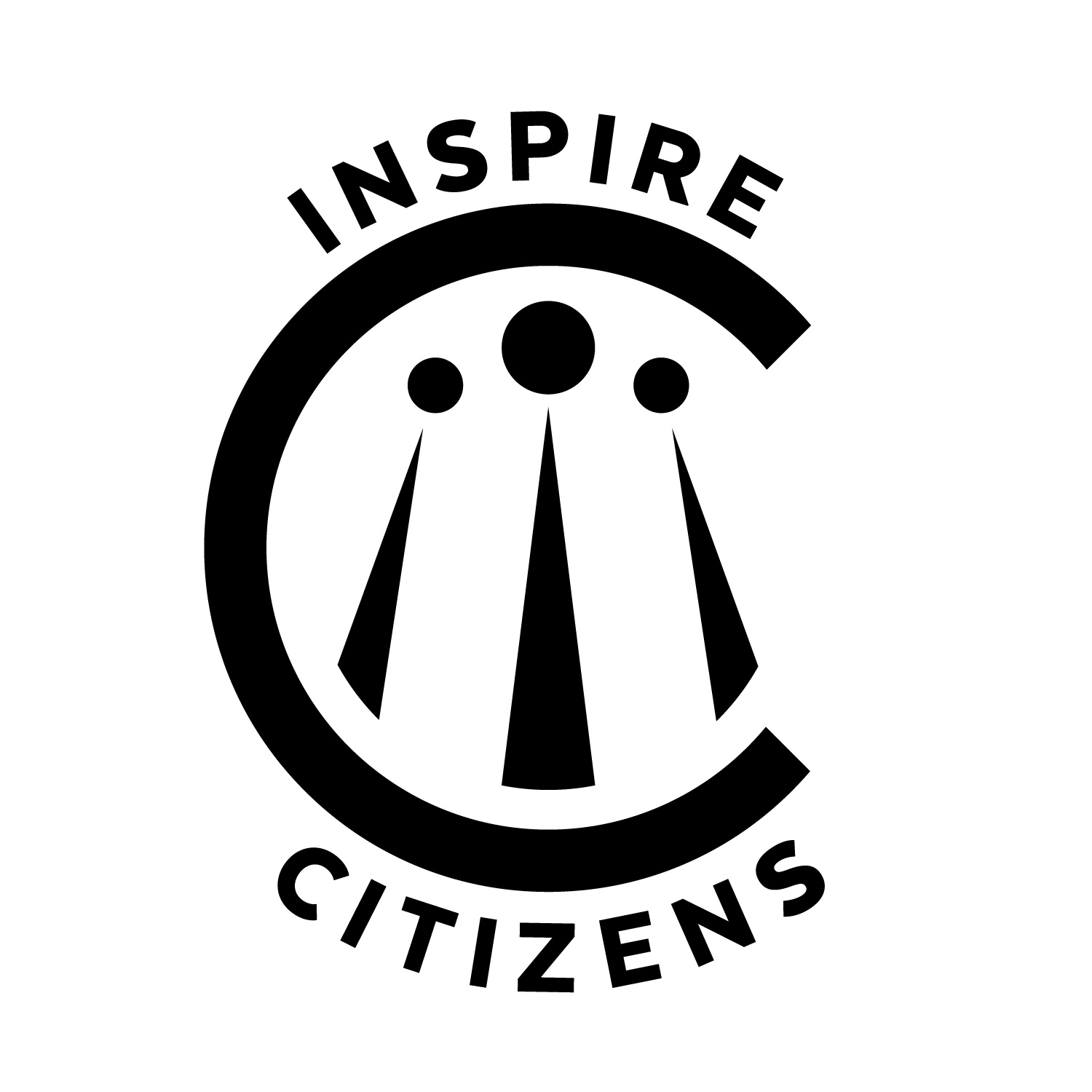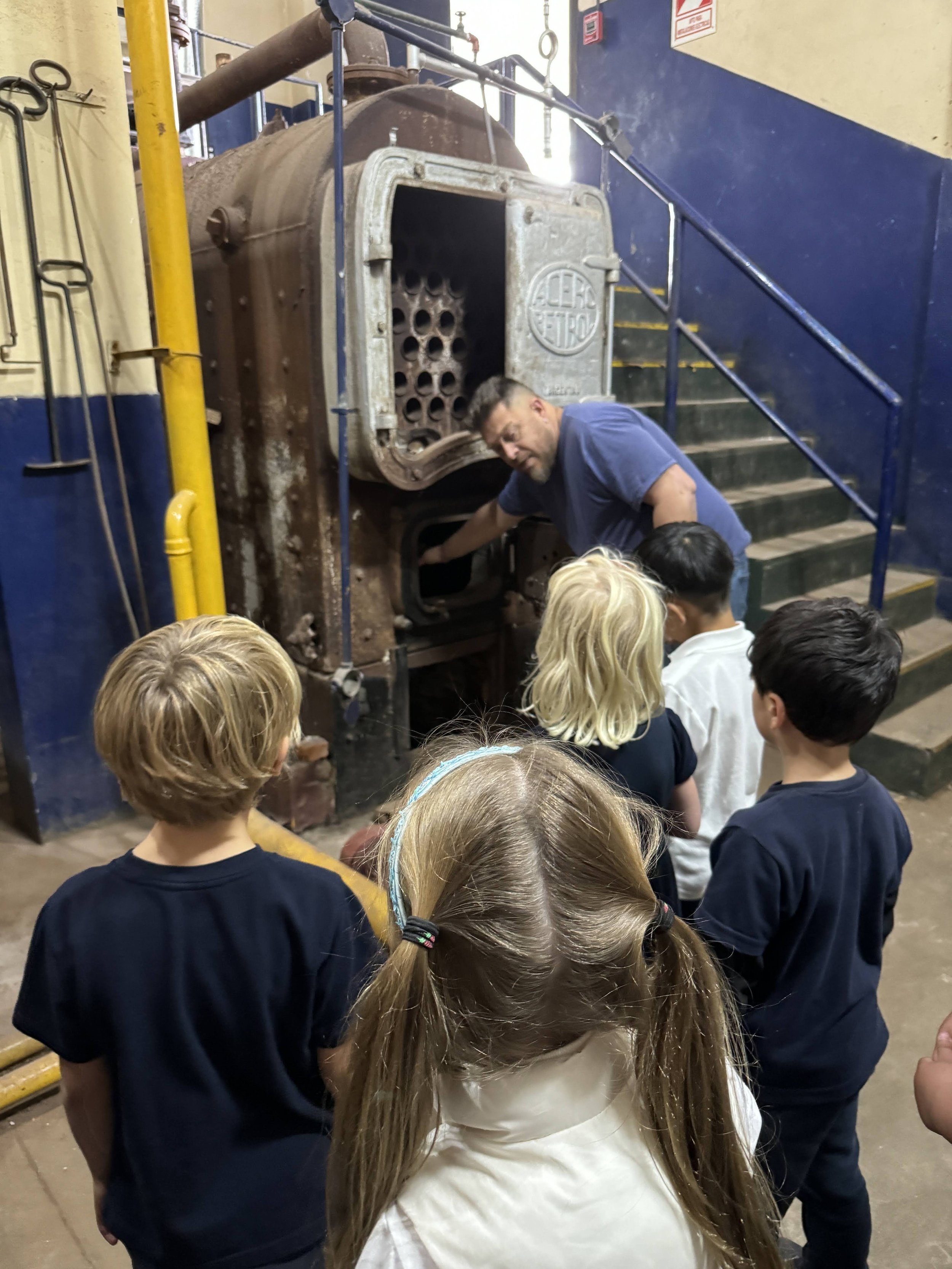Measuring the Impact of Service Learning Projects
In this comprehensive reflection, Inspire Citizens partner Scott Jamieson shares insight into the deeply transformative power of quantifying the impact of service learning projects undertaken by international schools.
In a progressive move towards redefining the purpose and impact of service learning, Singapore American School (SAS) is embarking on a profound transformation. (image supplied)
Everyone goes into a service learning experience aspiring to make a positive impact, but how do we know if we are successful? How do we know if we are making a difference? Without proper planning, open and ongoing communication with our community partners, and reflection and data collection throughout the experience, we might not be having the desired impact, and in some cases, we may actually be causing harm.
Firstly, we need to make sure that we have a shared understanding of what we mean by service learning and community engagement. Having a shared understanding across our school community with all of our different stakeholders is essential to this work. During a collaboration this school year, Inspire Citizens partnered with a team of educators from across grade levels and academic disciplines at Singapore American School with this as our goal. You can read the whole story here. This is the definition that we came up with:
Community Learning and Engagement is a pathway to understanding and celebrating the strengths within and across communities. Through reflection and with humility, we foster relationships to learn from and act alongside others, co-constructing experiences and opportunities that contribute to a more just and equitable world.
We achieve this through:
Reflection – deepening awareness of self and others through continuous reflection.
Humility – collaborating with others with asset-based mindsets and equitable approaches.
Communication– building shared understanding to achieve meaningful, co-created goals.
Relationships – developing long-term, reciprocal, and mutually beneficial partnerships.
Integration – embedding community engagement opportunities in curricular and co-curricular learning experiences.
Impact – engaging in actions that create lasting positive change.
**Note that SAS chose to go with the title Community Learning & Engagement to better reflect the goals and aspirations of their program.
First graders at Lincoln School of Buenos Aires have a deeper sense of community through an interactive unit that involved the maintenance staff. (image supplied)
Let’s fast forward. Let’s imagine that we have socialized this language across the school community and done some capacity building work with students and educators to set everyone up for success. We have worked collaboratively to design and implement units across our curriculum with the goal of empowering students to apply their learning in meaningful ways, to have a positive impact on themselves, their community, and our planet. Recognize that this takes time, and there are no quick fixes for this work, but for the purpose of this piece, I am going to imagine that this stage was successful, perhaps with the support of an outside collaborator like Inspire Citizens.
Now that we have implemented our service learning project, how do we measure our impact?
Here are some suggestions:
Data Collection
Surveys and Questionnaires
Design pre- and post-initiative surveys that articulate clear learning goals, authentic links to curriculum and assess the relevance of the service learning experiences, projects, or initiatives.
Focus Groups
Conduct focus group discussions with stakeholders, analyzing diverse perspectives to understand community needs to ensure that they are understood and addressed, and to evaluate the effectiveness of the service initiative.
Interviews
Hold interviews with community partners to gather qualitative feedback on the initiative's impact and alignment with community needs.
Observations
Document observations during service activities to assess participant engagement and the quality of implementation.
Develop an observation framework to easily gather relevant observation data from educators, community partner representatives, and students.
Community Feedback Forms
Distribute feedback forms to community members to gauge the visibility and value of outcomes from their perspective.
Quality Reflective Practices
Journaling
Encourage students and teachers to maintain reflective journals throughout the initiative, documenting their experiences, challenges, and learning moments.
Reflective journals might include video recordings, written entries, and artistic expressions that prompt deep thinking about their roles as global citizens.
Reflection Sessions
Organize regular reflection sessions where participants can share their experiences and insights, fostering a culture of ongoing evaluation.
These sessions create opportunities to discuss experiences and examine assumptions facilitating critical thinking about their experiences.
Peer Review/Feedback
Implement peer assessments where students evaluate each other’s contributions and learning, promoting accountability and reflection.
Grade 12 COJOWA students visiting an island community close to Cartagena that has become a long-term partner in relation to SDG #6 (Clean Water and Sanitation). (image supplied)
Communication with Community Partners
Regular Meetings
Schedule ongoing meetings with community partners to collaboratively set common goals and share data and knowledge, and collaboratively assess the initiative's impact.
Impact Reports
Create and share impact reports that communicate progress towards goals, summarize findings from data collection efforts, and highlight successes and areas for growth.
Collaborative Goals
Work with community partners to set and monitor progress towards shared goals for the initiative, ensuring alignment and fostering a sense of ownership.
If this seems like a lot, it is – because we're aiming for genuine transformation, not just a feel-good experience. This kind of reflection, data collection, and critical review process is essential for empowering students to become informed, engaged, and effective global citizens. For service learning initiatives to truly succeed, they need to be ongoing, have continuity, and the ability to communicate effectively, be mutually beneficial, and use evidence to continuously reflect and improve over time. By modeling real-world project management practices for assessment and evaluation, we equip students with the skills and understanding to not only make a difference now, but to continue driving positive change throughout their lives.



